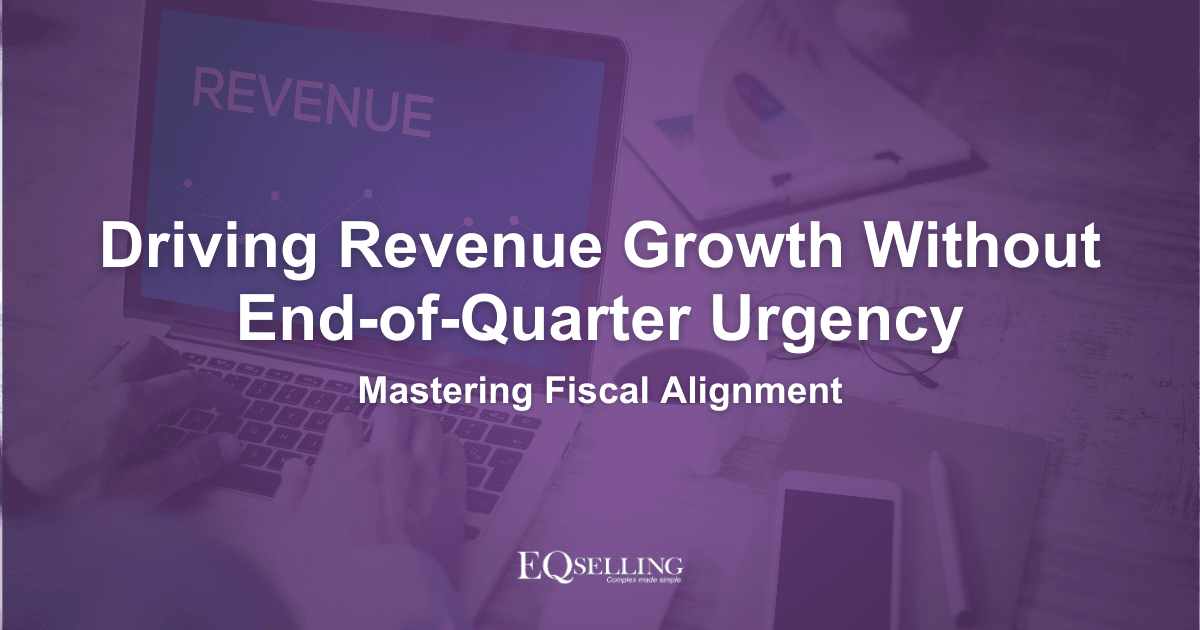Smart Channel Management Tactics
Planning and Execution for Revenue Growth
Challenges like stagnant or declining channel revenue, high cost of sales, and inconsistent partnership performance are too common in the fast-moving partner and channel management world. Leaders aiming to turn their partner/channel organizations into solid sources of revenue growth face these hurdles head-on to earn a strategic role in the executive team.
The Essential Shift: Moving from Reactive to Proactive
Central to overcoming these obstacles is a vital shift: moving the organization from a passive “partners will be partners” mindset to an active, organized, and disciplined approach to managing partnership portfolios towards achieving assigned sales goals. This means partner and channel professionals not just making plans but making the right plans—ones that focus on accountability, detailed strategies for success, and smart engagement with partners.
Grasping the Current Situation
Many Partner and Channel Managers react to situations rather than anticipate them, relying on their partners to self-motivate and drive revenue rather than actively managing their portfolio of partnerships to consistent and growing revenue production.. This reactive approach is akin to running in place—not making much progress despite the effort.

Building a Solid Plan for Revenue Achievement
The foundation of a proactive strategy for any partner or channel professional is a solid Plan for Revenue Achievement. This plan is akin to what’s expected of a named account or territory sales representative, focusing on achieving the assigned sales targets through a specific set of assigned partnerships. It requires Partner and Channel Managers to critically assess the revenue potential of each partnership, both with their direct help and without their direct help.
Facing the Hard Truth
A tough realization at the heart of effective partner management is acknowledging how much revenue each partnership will generate whether a Partner or Channel Manager is directly involved or not. Though it might bruise our egos to admit it, recognizing the autonomous revenue production of our partnerships frees us to focus our efforts more effectively, where we can truly make a difference.

This wisdom is especially true in channel management, where recognizing each partner’s contribution is key to overall success.
Strategizing for Engagement
A Partner Manager’s plan must outline:
-
- Partnership capabilities: Understanding the proven strengths and weaknesses of each partnership, including how much each partnership can contribute in revenue.
- Partnership potential: Identifying where partnerships could produce exponentially more with a little assistance or minor changes
- Partnership engagement strategies: Plans on how to most beneficially engage each partnership to maximize the partnership’s production.
This type of planning classifies partnerships by their potential for revenue growth and allocates the partner manager’s time investment where it’s needed to achieve the desired growth: from intensive investment for big growth potential to minimal investment for low growth but steady revenue.
Putting the Plan into Action: Finding the Right Balance
The role of a Channel or Partner Manager isn’t about being flawless; it’s about finding the right balance and making smart time and resource investments. It’s similar to how a team leader manages different team members, identifying who needs what kind of help and focusing their efforts on where it will have the most impact.
Practical Tips for Better Portfolio Management:
The best approach to improve how you manage a portfolio of partnerships is to use clear, practical strategies. Here’s how you can transform your portfolio management practices to foster growth, loyalty, and productivity:
-
- Evaluate and Group The Partnerships in Your Portfolio: Determine which partnerships have the highest potential to scale versus those that require time but don’t grow. This initial step is crucial for focusing your most valuable resource (time) effectively.
- Customize Your Engagement Strategy: Adapt your partnership engagement based on each partnership’s specific needs and potential.
- Track and Adapt: Leverage data analytics to monitor your performance. Be agile and ready to pivot your approach based on real-time feedback and results, ensuring your strategy aligns with your goals.
- Develop Loyal & Productive Partnerships: Focus on creating sustainable strategic and operational alignments based on identified potential and predictably manage performance. This approach not only strengthens relationships but also ensures that your partnerships are built on solid ground, ready to withstand the test of market fluctuations.
- Establish Partnership Performance Rhythms: Act as a virtual sales leader and be adept at coaching and steering the creation and execution of solutions or offerings. Emphasize the importance of sales execution, pipeline and forecast discipline, and performance management rhythms. This shift is critical for moving beyond relationship management to active, results-oriented sales leadership within your partner ecosystem.
- Manage the Book of Business: Elevate from a coordinators to a business manager. Develop comprehensive achievement plans, utilize pipeline analysis, and establish a regular review rhythm to fine-tune execution strategies. This includes setting realistic management expectations through accurate forecasting across the entire portfolio and leveraging insights for strategic decision-making. By treating each partnership as a distinct business unit, Partner Managers can drive greater accountability and performance across the board.
Incorporating these strategies into your portfolio management framework optimizes your existing processes and prepares your organization for the dynamic challenges of channel and partner management. By focusing on developing loyal partnerships, driving market solutions, and managing your book of business with precision, you position your partner/channel organization as a critical growth engine for your company.
Your Road to Strategic Impact
Moving from a reactive to a proactive approach in partnership management is both a challenge and an opportunity. It requires embracing responsibility, investing in strategic planning, and engaging with partners to unlock their full revenue potential. This journey is not just about hitting sales numbers; it’s about turning the partner/channel organization into a critical component of the company’s growth strategy.
Want to step up your partner management game and drive significant revenue growth? Here are three ways to get started:
Start your journey to becoming a successful Partner and Channel Management Manager or team today.




